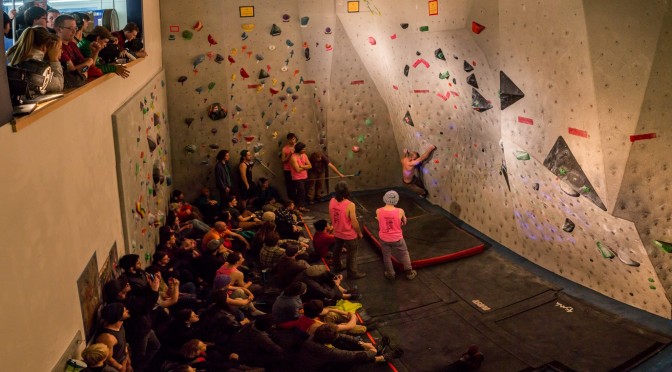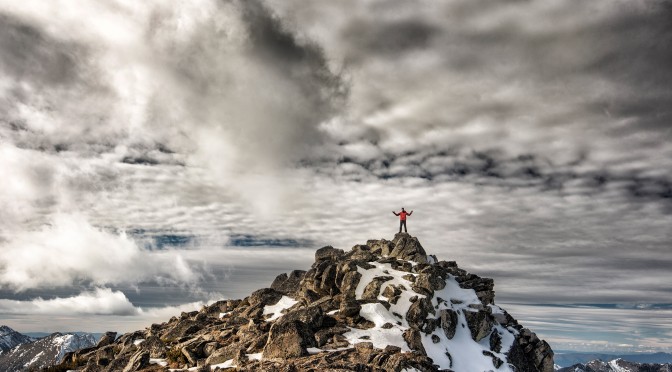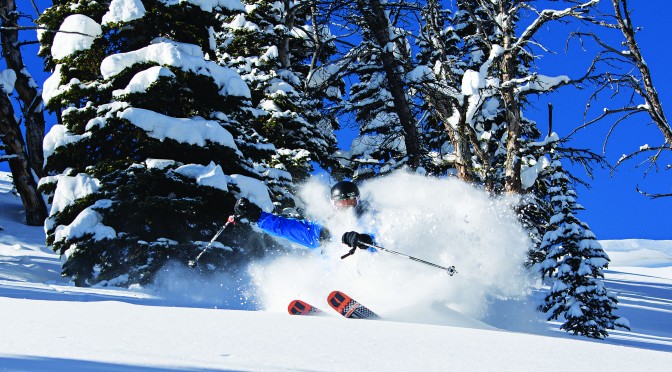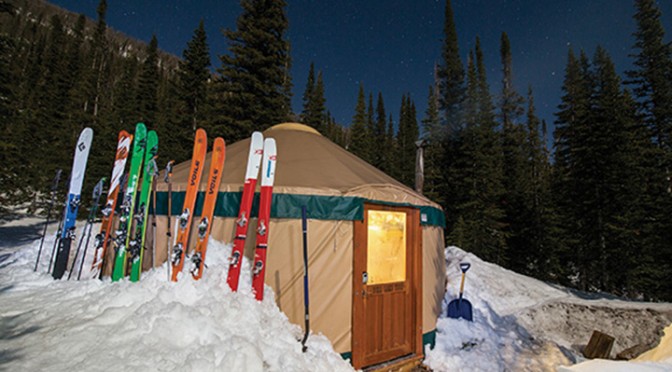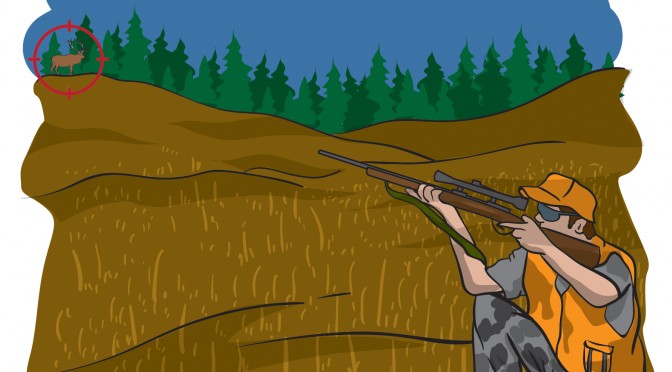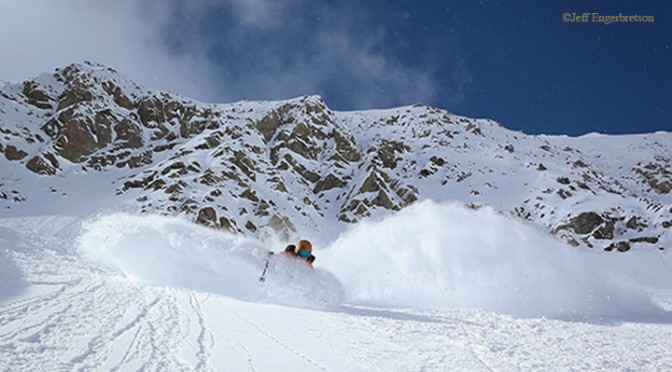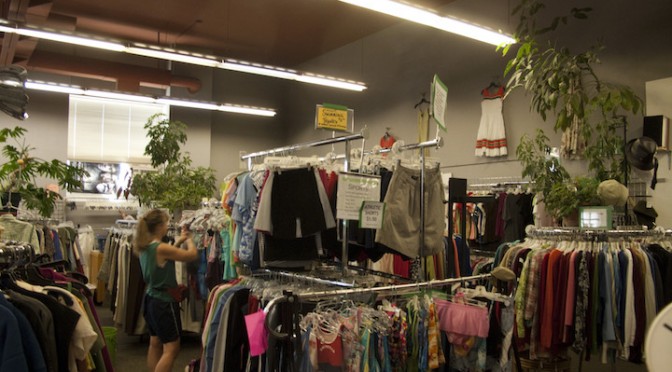by Noah Bosworth, head route-setter, MSU Climbing Wall
Climbers work together to create a bigger, better wall.
Some of you may have heard that the MSU climbing wall is undergoing an expansion. Well, the rumors are true.
The MSU climbing wall will indeed be fully renovated.
The current space will be redesigned and expanded with improved walls, upgraded flooring, and new holds, creating a modernized version of a space that already plays an important roll on campus.
Here’s a bit of history. The original MSU climbing wall took shape over a decade ago in a dark corner of Romney Gym. It wasn’t long before a growing population of student climbers required more space, so they pushed for expansion.
By the fall of 2008, MSU architecture students designed and constructed a climbing wall in a repurposed racquetball court in the Marga Hosaeus Fitness Center. This larger, more accessible location provided new services, such as instructional courses and events.
Anticipating future growth, students and faculty advisors recently continued the expansion effort. For years, the passion to improve the current climbing wall passed from one class of climbers to the next. There were meetings and student polls, small victories and defeats, and more than a few ASMSU sessions interrupted by swarms of climbers. This persistence culminated in a student body referendum in the spring of 2017, which included an updated expansion plan. The referendum saw the highest-ever voter-turnout rate, and students voted overwhelmingly to approve the construction of a new 2,000-square-foot climbing wall.
The planning and design process for the new wall has been guided first and foremost by a desire to maintain the spirit of the current space, which is a central pillar for the MSU climbing community, as well as a place where students can expand their personal potential. The new wall will incorporate user education as a key functional component, allowing the expansion of instructional courses, the introduction of for-credit classes, and the development of hands-on safety-education resources.
Meanwhile, the larger size and updated terrain of the new facility will create a diverse and relaxed environment for students of all abilities and skill levels to build a community while staying active.
New construction focuses on joining the current space with the racquetball court next door. By expanding into the neighboring racquetball court, the design team was able to include a variety of low-angle and slab features, while integrating steeper terrain and top-roping stations. The addition of a designated training area creates a more functional climbing wall, one that can meet the needs of novices and experts alike.
The new and improved wall is expected to open by fall 2018. Keep an eye out for new classes and educational opportunities, or just come by with your friends to check out the new wall. Construction will take several months, meaning the current wall will be closing some time this spring.
Until then, the wall is fully operational and the annual Prince and Princess of Plastic event will be held February 24 as a celebration of the little racquetball court where so many friendships and memories have been made.
For more info, visit our Facebook page.

